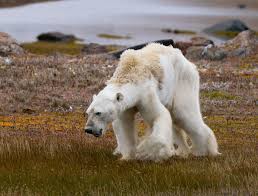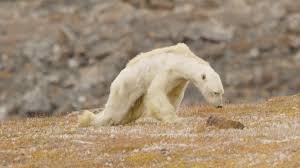In my childhood, my parents and I often went to the seaside near my grandma’s house to grab seafood, such as crabs and crayfish. At that time, there were many types and numbers of marine organisms, and the seawater was very clear, without any pollution. About five years ago, many factories were built near grandma’s house. Due to the high cost of purifying wastewater, many owners of factories secretly discharged wastewater into the sea, then, resulting in severe seawater pollution in recent years. Last summer, when I went to the seaside again, I found that many fish and shells on the beach were dead, and the gills of the crabs in the sea became very dark and looked unhealthy. Due to a large amount of wastewater is discharged into the sea, the species and number of organisms in the sea are decreasing, and many of the remaining marine organisms are also seriously polluted.

The main sources of sea pollution are industrial waste, sewage and power plants, which cause the presence of toxic substances in seawater. Some toxic substances will float in shallow waters. Fish and shellfish in the shallow waters are vulnerable, when they are foraging, they will ingest these toxic substances and cause death. Once this contaminated seafood is consumed by humans, toxins can accumulate in the human body and cause cancer or other long-term health problems. Regarding this issue, the government should issue more regulations to limit the discharge of wastewater from private factories, such as paying high fines after being discovered, closing down factories, and other penalties. Not only in some industrial areas, but private factories in rural areas should also be strictly managed.
Reference: https://greenliving.lovetoknow.com/Solutions_for_Ocean_Pollution


